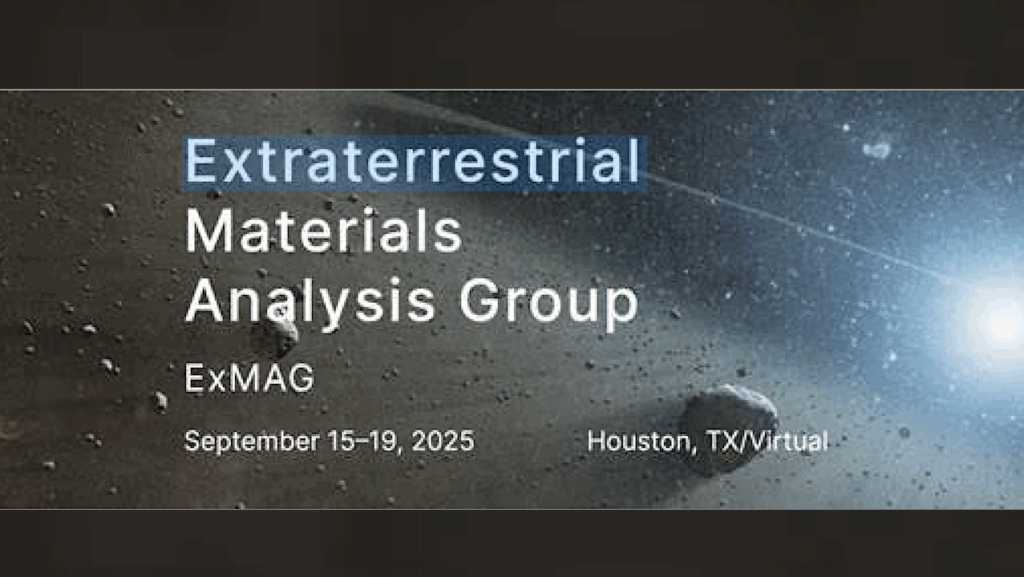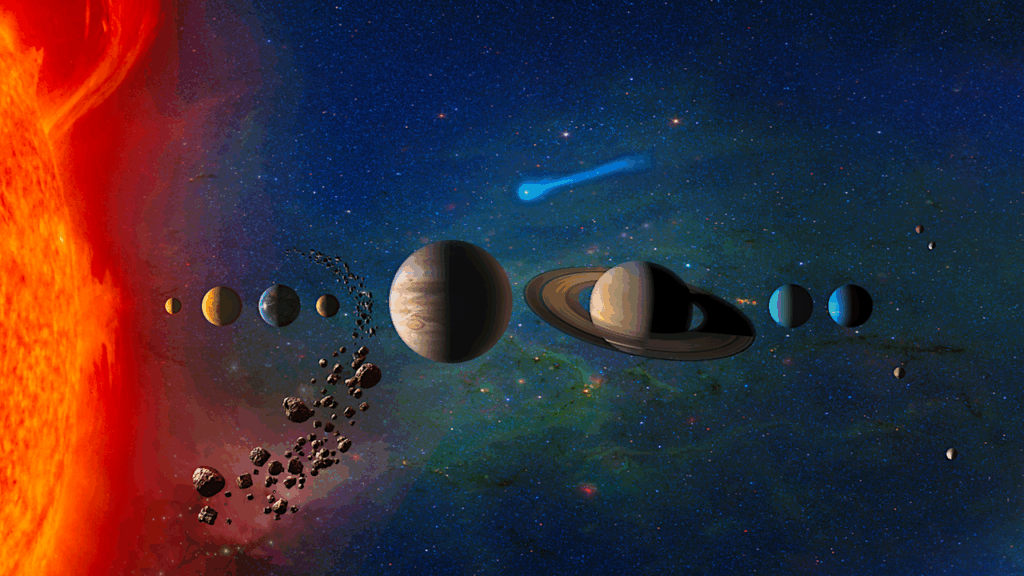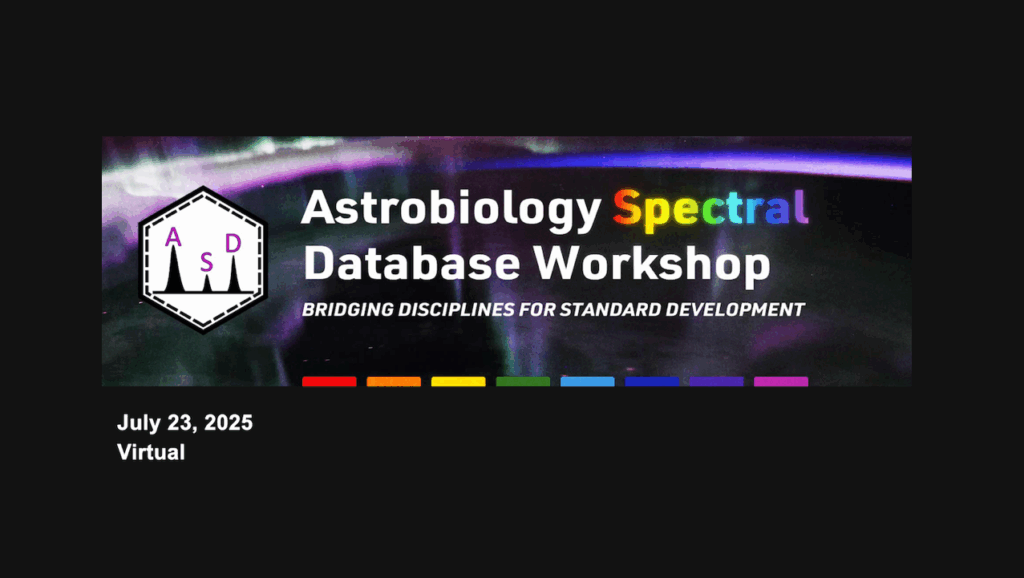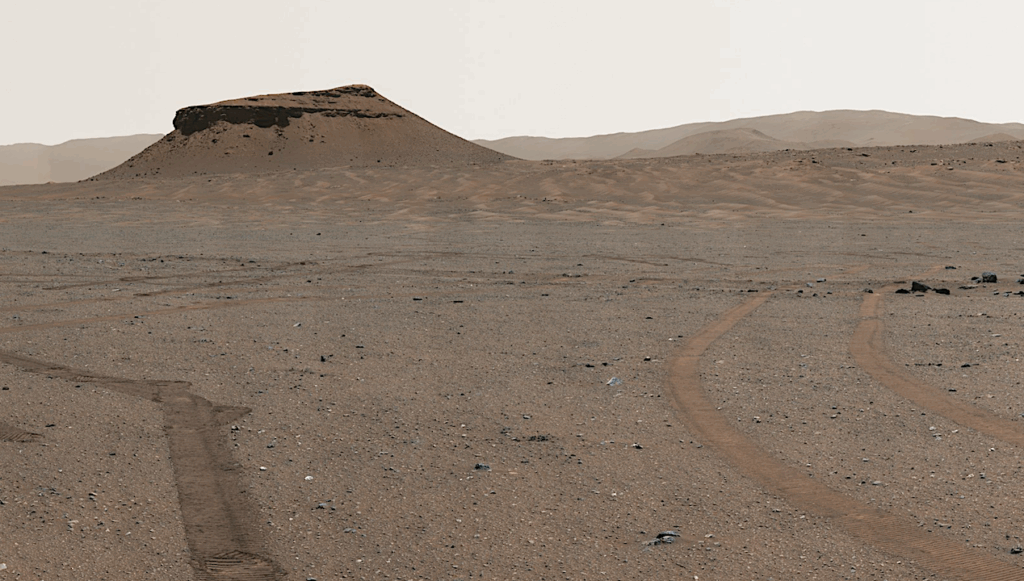ASGSR 2025 Abstract Deadline Extended

We are pleased to announce the abstract submission deadline for ASGSR 2025 has been extended to August 1st, 2025 at 23:59 EDT.
Don’t miss this final opportunity to present your cutting-edge research to an audience of leaders, learners, and innovators in biological and physical space sciences.
ASGSR welcomes all career stages to Phoenix from December 3-6, 2025 at the Hilton Phoenix Tapatio Cliffs Resort.
Graduate and undergraduate students are eligible to apply for a travel award during the abstract submission process of up to $500 to offset some transportation, hotel, and registration costs.
Abstract selection and student travel award notification will be emailed to presenting authors no earlier than September 30, 2025.
To submit your abstract visit here.
For FAQ about submitting an abstract visit here.
For general information about ASGSR, visit https://asgsr.org/
A call for middle and high school student abstract submissions will be coming out soon.
Book your hotel room now:
For NASA employees: Book Here
For Non-NASA employees: Book Here
Astrobiology, Space Biology,








